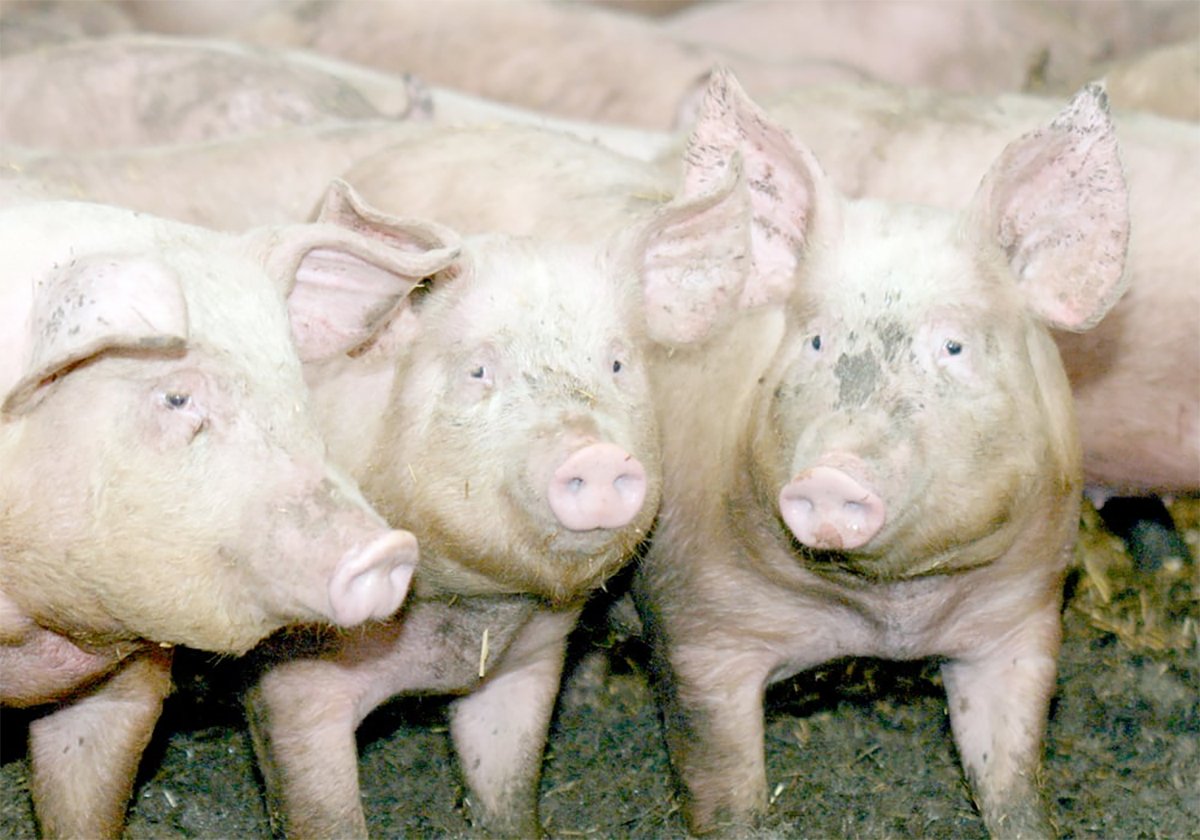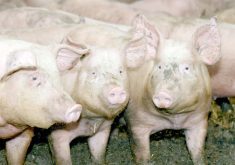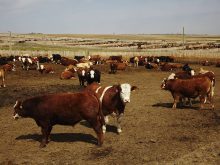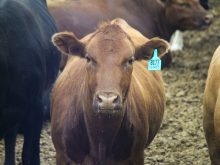OTTAWA — More European veal is finding its way to Quebec and disrupting the local market, says the provincial cattlemen’s association.
“CETA (Comprehensive and Economic Trade Agreement) came into force on Sept. 21 but we knew that the Europeans started to test the market around June or July,” said Andre Roy, manager of Quebec Cattle Producers.
“When someone arrives in the market you don’t need a lot of volume to destroy the market,” he said in an interview during the Canadian Cattlemen’s Association annual meeting in Ottawa March 21-23.
Read Also

The Western Producer Livestock Report – November 13, 2025
Western Producer Livestock Report for November 13, 2025. See U.S. & Canadian hog prices, Canadian bison & lamb market data and sales insights.
Before the CETA trade agreement between Canada and the European Union, Canada applied a 26.5 percent tariff on red meat from the EU, which has been removed. In 2017, 77 tonnes arrived compared to four tonnes in 2016. In January, 150 tonnes came from the Netherlands and 32 tonnes from Italy.
“When you go from four tonnes to 77 tonnes, it takes a big chunk out of the market,” said Kirk Jackson of the Quebec Cattle Producers.
Veal is popular in Quebec and while cheaper imports can fill part of the demand there, European veal is not the same as homegrown product.
European veal is derived from a different feeding program and the economies of scale from veal grown and processed in the Netherlands results in a cheaper product. They are also allowed to use different medications.
“We have lobbied the federal government on this. There are medications that we are not allowed to use in Canada but are used there,” Jackson said.
Testing for residues is difficult because no offal has arrived. The liver is usually tested for residues.
At retail stores, Quebec veal is clearly identified, but it is not labelled for restaurants.
The increased imports have disrupted the live calf trade. About 2,200 week-old calves go to the auctions every week and a few hundred that are not sold are euthanized.
“There is a surplus of dairy and bob calves at the auction,” Jackson said. “There are a certain percentage of dairy calves that do not have any buyers.”
The Quebec Cattle Producers proposes that some dairy calves that would have previously sold for veal be shifted into a fed steer program with Ontario’s Mennonite community. However, the calves would have to be backgrounded to about 400 pounds before being sent to Ontario.
“We have to move some Holstein steers because this isn’t working,” said Jackson.
There are barns available to start the calves and with money from the provincial cattle producers the plan is to start some new businesses to take on this stream of calves.
In addition, more dairy producers are breeding their cows to beef bulls to add value to the calves and divert them to the beef trade.
- In Quebec, grain fed and milk fed veal is produced.
- There are about 134 milk-fed veal farms producing about 134,000 milk-fed calves per year. The farms are mainly in the Centre-du-Québec and Montérégie regions.
- A typical specialized farm produces 777 milk-fed veal per year.
- The farmgate value is about $201 million.
- Milk-fed veal accounts for about 21 percent of the volume and value of Québec cattle production.
- In its lifetime, a milk-fed calf drinks about 2,000 litres of milk. The calves are fed a high quality milk also used in human food products such as high-energy beverages.















